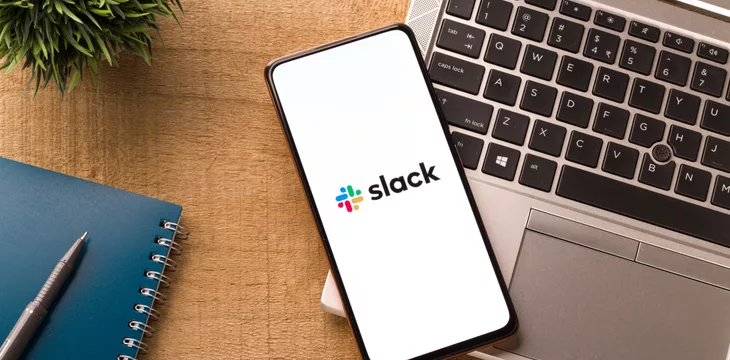I’ve never been a huge fan of Slack. In my opinion, the generally unorganized conversation flow of that platform doesn’t make it a great tool for teams to have conversations. Like Discord, it always seemed a little better for one-to-one messaging. It goes without saying that the default sound of Slack messages is one of the most annoying noises you’ll hear after using the platform. Quite a long time.
It seems I’m not the only one who has that opinion about Slack. The company appears to have implemented a variety of artificial intelligence (AI)-based tools to identify areas where the platform needs improvement and improve the user experience.
Slack’s new AI feature, which the company calls “Slack AI,” promises to significantly reduce the time employees spend grasping and understanding previously communicated information. It does this through a number of features that allow users to search for answers, summarize conversations, and get thread summaries more efficiently. This shift is a move away from the traditional manual process of retrieving and understanding information. This marks a shift to a more automated environment that simplifies the way we work.
Data-Driven Decisions
Personal negative experiences with Slack seem to be a somewhat common issue employees have when working virtually. A report from Gartner found that 47% of digital workers have difficulty finding the information they need and 32% of employees make poor decisions due to lack of awareness. Unclean and unstructured data (formatted information commonly available in Slack) is the cause of these problems, and in addition to the significant time it takes for employees to organize and structure that data into actionable insights and information.
With these pain points and challenges in mind, Slack has created a set of solutions designed to alleviate these challenges. Slack AI aims to improve productivity by providing personalized answers, summarizing conversations, and highlighting key information in a channel by aggregating information to make important information more accessible and digestible. Companies participating in the Slack AI pilot, including SpotOn, Uber (NASDAQ: UBER), and Anthropic, reported that using Slack AI saved them an average of 97 minutes per user per week in finding answers.
What will happen to AI? actually used at work
Although the media talks about AI completely replacing humans in the workplace and putting people out of their jobs, such a scenario is highly unlikely to happen in the near future. The reality is that the infrastructure and implementation costs of AI systems can be prohibitively expensive for many companies, according to a recent report from MIT.
At this point, it’s much more likely that employees will use AI tools, such as those created by Slack, to increase productivity. In this scenario, AI is more of an ally than a replacement.
AI is not new, so what has changed?
What we have seen over the past two years is a boom in generative AI for consumers. AI is not a new technology and many people have been working in this field for decades, but what is new is the variety of AI products and services that have become easily accessible and usable for the general public.
This is an important step toward mass adoption. Sometimes, as is often the case in overly technical and academic industries, there is a tendency for creators to be unable to reach the group they call their target audience. This is because innovation requires a certain level of technical know-how to operate these systems.
This adds to the challenges of current products and services. Friction in adoption, especially if users have to switch from an existing alternative that you say works perfectly, can and probably will prevent someone from becoming a user, paying client, or customer.
That’s why it’s important to make new products and services as accessible and usable as possible. AI providers have been able to do this through generative AI chatbots that provide consumers with a similar, familiar user experience while significantly increasing productivity and completion efficiency. A task you set out to complete.
Competition to integrate AI into everyday life
Right now, AI for consumers is in the spotlight, whether it’s the use cases of AI in the workplace that Slack just launched or AI wearables that aim to seamlessly integrate AI into people’s daily lives. Many AI providers are also hoping to put AI into the hands of consumers and become the apps they turn to when searching for things on the Internet, consulting on niche topics, and optimizing items they’ve already created.
As always, when a big name like Slack makes a move, we suspect that others in similar industries looking to provide similar value and increase efficiency and productivity for their users are watching with the intention of replicating it.
For artificial intelligence (AI) to function properly within the law and succeed in the face of growing challenges, it must integrate enterprise blockchain systems that ensure data input quality and ownership. This helps keep your data safe while ensuring immutability. data. Check out CoinGeek’s coverage of this emerging technology to learn more about why enterprise blockchain will become the backbone of AI.
Example: AI is meant to ‘augment’ the workforce, not replace it.
Are you new to blockchain? To learn more about blockchain technology, check out CoinGeek’s Blockchain for Beginners section, our ultimate resource guide.


